We’ve kept the Dog Log focused on our Denali Doubles race for the past couple of weeks, but that doesn’t mean we haven’t been doing plenty of other stuff. In fact, earlier this week we put the finishing touches on a huge part of our Iditarod preparation by sending our “Drop Bags” out to all the checkpoints on the Iditarod Trail.
For those of you who are new to the Dog Log this year, we did an in-depth, 6-part series on Iditarod Drop Bags last season and we strongly encourage you to watch the videos. They will tell you everything there is to know about what goes into the bags, the preparation process and what an immense undertaking it is. Those of you who saw the series last year might want to take a refresher viewing, if for no other reason than to “feel our pain!”
Here is the series: Part 1 • Part 2 • Part 3 • Part 4 • Part 5 • Part 6
This year, we’re just going to show you an overview of the Drop Bag assembly process, plus a little more than we did last year about how they all get forwarded out onto the Trail. Just in case it isn’t obvious, having the Drop Bags on their way is a huge relief!


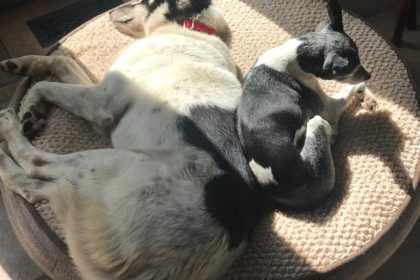



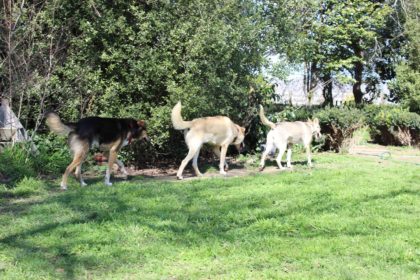
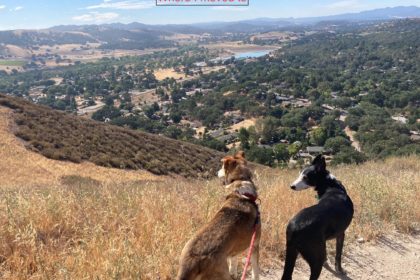
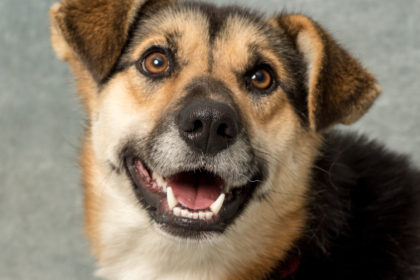
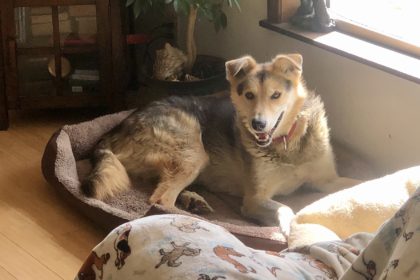
Very cool… thanks.
How do you deal with different size dogs for jackets and booties when you're packing so far in advance?
And, and I hope this doesn't sound too terribly ignorant, what do glasses-wearing mushers do about eye stuff when they're out for days on end in really cold weather? Seems like specs would fog but contacts would freeze.
I was wondering what mushers pack for for food for themselves and how they do it? I know there are some places along the way for meals, but I assume they don't rely only on that?
Anonymous — You've hit the nail on the head about why putting together Drop Bags is such a problem: You have to anticipate — even "guess" — what you will need as far as a month in the future and a thousand miles away! The good news is that our dogs are "mostly" the same size, so only two sizes of booties and "attire" are needed. The basic approach is to pack plenty of everything and have more than you need. Hence, the 3,000+ pounds of gear we shipped out!
As an eyeglass wearer, I can tell you they are a total pain up here: always fogging up, smudging, etc. It seems to me that most mushers wear contacts, and somehow deal with the dirt and grime. There is a freezing risk, and there have been stories of mushers with contacts frozen to their corneas…Ugh! Just another way in which this lifestyle is hard.
Emily — "Food" is available at many checkpoints along the trail… Usually stew of some kind. The mushers also pack "Mountain House" freeze dried meals that they reconstitute. They also carry a pretty good supply of snacks. Bottom line, though, is that they eat very poorly and lose as much as 20 pounds on the Trail. To say the least, the dogs eat better than they do!
I assume that the dog snacks are frozen .. how are they kept that way between packing and use on the Iditarod trail?
Since the drop bags are packed with plenty of everything and have more than you need, what happens to what doesn't get used? As the check points are packed up after the last team has left, do the drop bags get forwarded to a central location to be returned to the teams?
Frank — It is still plenty cold enough here that everything stays frozen just by being left outside…
Ananymous — Some of what's not used gets repacked by the mushers and sent back to the Kennel… MUCH of what's not used — especially dog food and snacks — is left in the villages to supplement their own dog care… The Iditarod is good for the villages and very good for local dogs…
Thank you for the information: MUCH of what's not used — especially dog food and snacks — is left in the villages to supplement their own dog care.
It's nice to know that the local dogs get to indulge in some of the racing teams treats. LOL
I'll assume that it is cheaper to leave food and snacks at the check points than pay to fly it back for the kennel to pick up and transport home.
There's more to this story… In practice — if not by explicit design — the Iditarod rules create a virtual certainty that there will be plenty of "extra" dog food left behind at checkpoints…
"Rule 48 — Shipping Amounts: An adequate amount of food is required to be shipped to the following checkpoints (minimum of 60 pounds combined weight of food (not including ice) and gear):
Skwentna Rainy Pass Rohn Nikolai McGrath Takotna Ophir Cripple Ruby Galena Nulato Kaltag Unalakleet Shaktoolik Koyuk Elim White Mountain Safety Nome"
Those "white bags" of food you see in the video are the "ballast" bags… all full of very good quality kibble, though not necessarily the most expensive, "premium" racing kibble… 'Nuff said?
OK! Are you saying that the teams are held by ransom?
If they don't send enough food to keep the teams healthy but too much to consume, they are penalized?
I don't really understand your question… and I'm not well versed enough in the rules to interpret them for you… Here's what I do know: The rule requires a minimum of 60 pounds sent to each of the checkpoints. That is often more than the amount of "stuff" a team knows it will need/want at that checkpoint… So, the difference is made up in kibble… Knowing full well that it will be left behind… Like I said at the outset, the Iditarod is set up to be beneficial to both the local people and local dogs of the checkpoints… Okay?
I can well imagine that some of the extra food came in handy for some teams last year during the storm.
Thank you for completing the picture on the food drops!